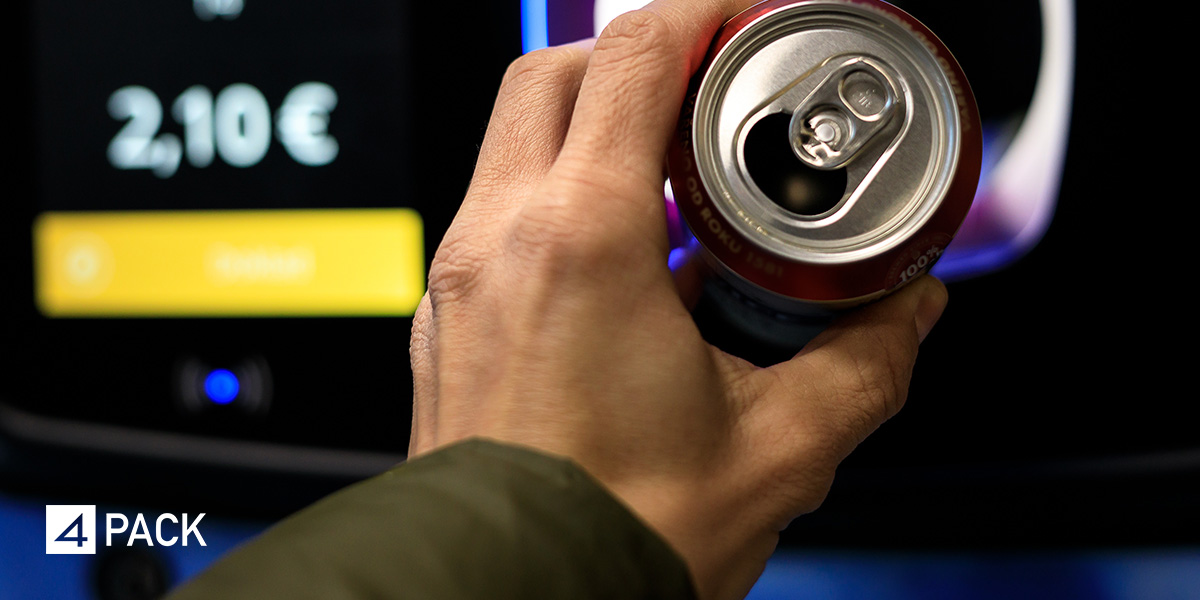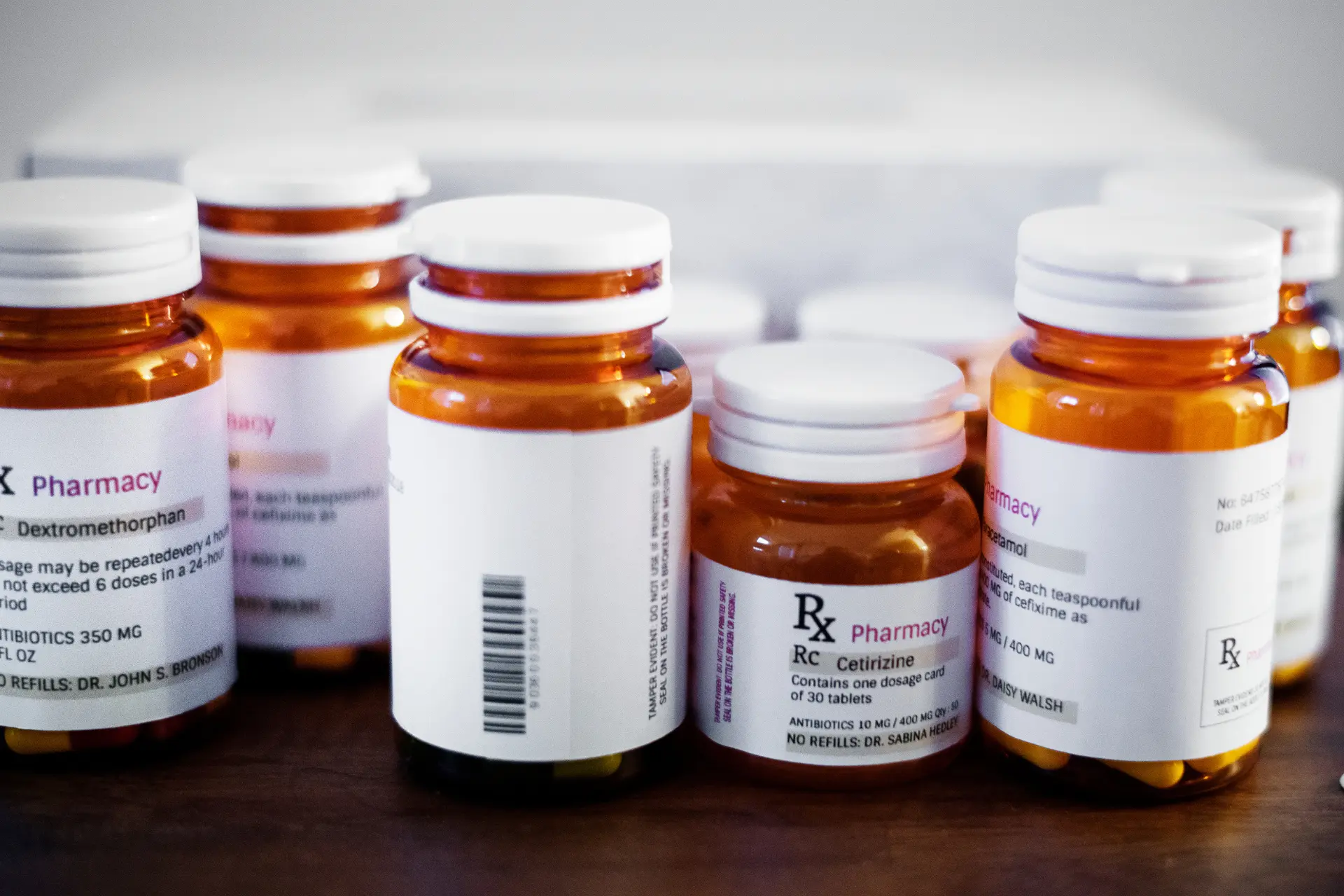DRS labelling challenges are coming – preparing soft drink and alcoholic beverage businesses for the inevitable
Wherever you stand on the nuances of Deposit Return – to glass, or not to glass – there is one thing that is now certain and that is that DRS labelling challenges are on the way.
In October 2027, the Government will finally activate its long-debated unified DRS scheme for drinks containers. With only Wales now determined to go its own way, UK, Scotland and Northern Ireland are all now firmly on board.
This will create both packaging data and labeling management challenges for businesses and brands who manufacture or retail beverages.
Some face a double whammy: supermarkets and major chain convenience brands will not only face mandatory duty as return points, but may also already fall under EPR regulations relating to their packaging waste responsibilities as retailers, or as own brand manufacturers.
Unpicking the practical challenges of DRS labelling and regulatory compliance
DRS scheme logo labelling
DRS labelling is a fundamental of the scheme, to ensure that all consumers across the UK have easy ways to engage with and participate. While details are not yet firmed up, all manufacturers will need to incorporate a specific DRS logo on products that fall under the scheme – which is broad, covering PET bottles and steel or aluminium cans ranging from 150ml to 3 litres in size. The logo will help consumers identify what bottles can be returned and is likely to be scheme-wide.
As we have written before, the history of DRS is complex, and already well-proven in other countries – but how it unfolds in the UK will impact many firms.
DRS return tracking codes
Secondly, those products will require compliant labelling, incorporating some form of code, such as a DRS QR code or DRS barcode. Code labels will be key to enabling return scanning and processing of the products via reverse vending machines or scanning at a return point, so may be specific to regions as well as UK-wide.
Incorporating the requirement for DRS logo and appropriate QR or barcodes, which will vary, will be another factor in packaging and artwork specification management.
Ideally, QR codes should be generate and managed from within the same system used to manage artwork and packaging design, if an integrated platform is in place. If not, close design version control will be needed, which becomes very complex, very fast when multiple SKUs are affected.
Adding to existing EPR headaches
Of course, plastic, steel and aluminium containers are also part of the packaging waste reporting challenge too. With EPR regulation already in place, many manufacturers are already finding tracking and reporting accurate packaging data a huge headache. Guesstimates and projections based on incomplete or in accurate information is rife, and even third party sustainability consultants are forced to make educated estimates and judgements in helping with EPR reporting.
When Wales confirms…
Wales’ determination to broaden the scope of DRS will inevitably add further complications, since any vendor into the UK market will also have to adapt to a variant of the DRS scheme there in due course – it will impact some, but not all of its glass container SKUs, but impact all its PET, steel and aluminium ones. Any divergence of scope and labeling requirements may require separate packaging or labeling designs for distribution into this region, creating further specification complexities.
Nobody relax yet! DRS labelling challenges will expand…
Although Low Volume manufacturers or vendors may not yet face this complex challenge outlined above yet, they still cannot be complacent. Currently, only products in low volumes below 5000 units placed on the market fall under mandatory DRS for the integrated UK scheme. However, readiness is essential, since the original UK Government DRS policy documentation suggested this Low Volume exemption is not set in stone. Managing the labeling and tracking data difficulties above will be even more challenging for smaller firms and brands, who often have more manual processing of information and artwork designs, and less ability to crunch packaging material and other numbers centrally.
As the DRS rollout approaches, beverage businesses of all sizes face a growing challenge in managing the complex web of labelling, artwork design, and data tracking demands. The need for accurate, consistent labelling with DRS logos, barcodes, and QR codes across multiple regions—combined with the existing complexities of Extended Producer Responsibility (EPR) regulations—demands a more streamlined and integrated approach.
Businesses must ensure they have the right systems in place to track and manage packaging material data, control artwork design versions, and comply with shifting regional requirements.
With less than two years to prepare for the UK scheme’s go-live date, plus the potential for new exemptions or divergences also on the horizon in Wales, there is no time to waste. They must prepare for the possible, as well as the inevitable.
By implementing an integrated software system to manage both product and packaging artwork and regulatory data, beverage businesses and brands can avoid expensive errors and assure their compliance ahead of the October 2027 deadline.



